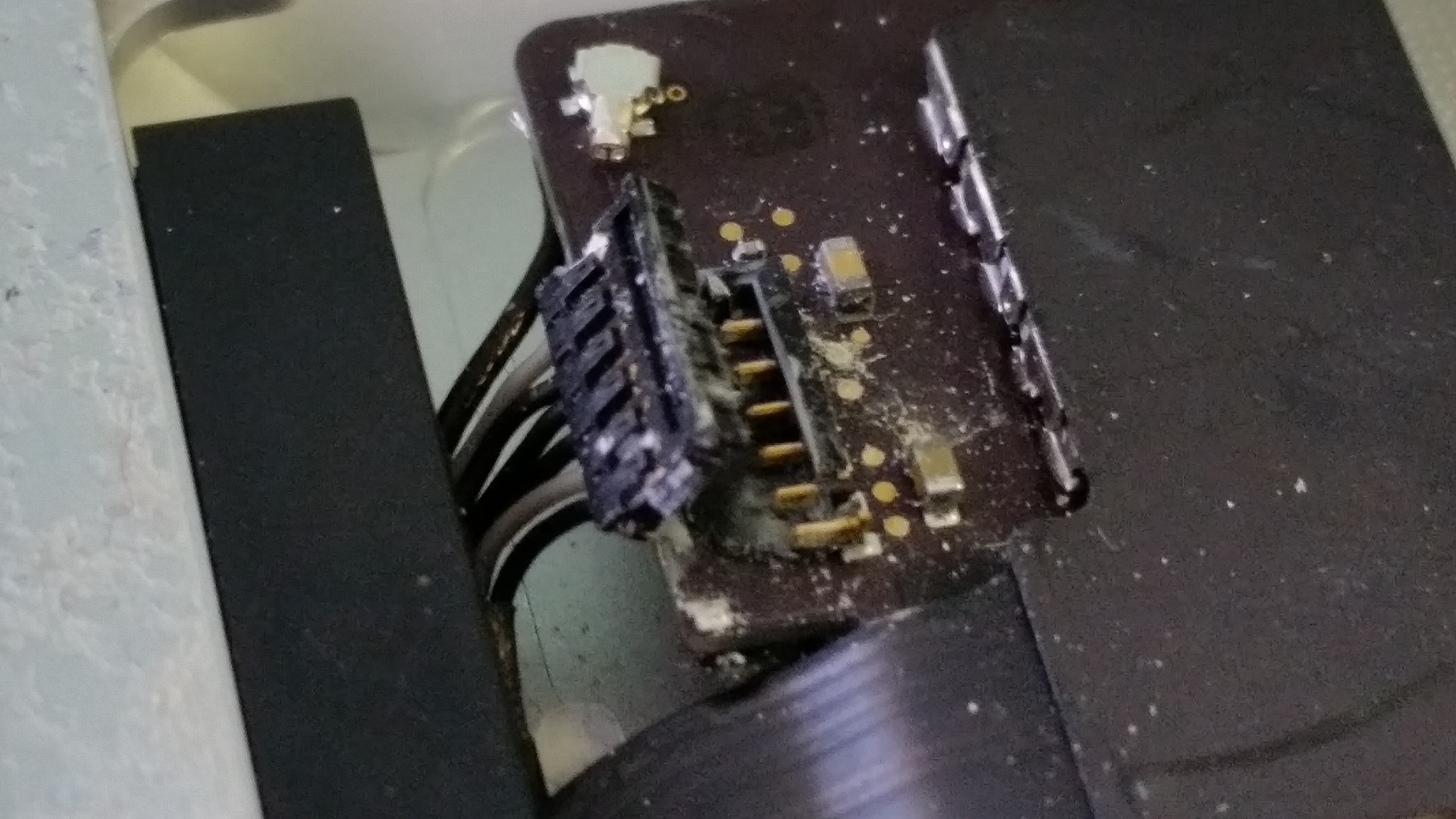Note: This post was written by Illini Gadget Garage staff member Jarrett Zook.
How would you feel about passing legislation that increases the lifespan of your tech devices, reduces e-Waste, and creates American jobs? Numerous states across the country have such legislation on the table in the form of Right to Repair bills. Success in forcing automotive manufacturers to provide repair information to independent shops has emboldened consumer advocates and politicians to propose similar laws in regards to the electronic hardware and software found in modern technological gadgets. Likewise, if just one state passes a Right to Repair law in this new arena, then a domino effect will likely occur in the rest of the country. Manufacturers will likely see the writing on the wall and will react proactively to preempt nationwide legislation, as they did after the Massachusetts automotive bill was passed.
Big business is usually hesitant to loosen their stranglehold on an industry, unless they are forced to do so. From their perspective, this makes sense as tighter control strongly correlates with higher profits. For example, Apple is notorious for making items that are difficult and expensive to repair. To repair one of their products, you need special screwdrivers that cannot be found in stores. Additionally, they do not release repair information to the public and it is sometimes prohibitively expensive to repair an item at the Apple Store. Specifically, their repair service for an iPod shuffle is more expensive than purchasing a new iPod.[1] These measures go against the best interests of the consumer. If companies like Apple were forced to make repair parts, tools, and information available to consumers and small repair shops, then the “little guy” would assuredly benefit. Apple would no longer be able to charge exorbitant rates for repair, as small businesses and do-it-yourselfers would have the means to cheaply fix electronic devices. After all, the very concept of ownership should mean that the manufacturer can no longer dictate how an item is used once it is purchased by a consumer.[1]
Besides the obvious impact on our wallets, extending the lifespan of our tech devices has numerous other positive implications as well. For starters, most tech devices are manufactured using a wide array of materials. Smartphones alone contain roughly 50 periodic table elements used in their manufacture.[2] Many of these elements are not recoverable by recycling and as we can all surmise, whenever anything is mined and or used in manufacturing, there are potential negative impacts on humans and the environment–even if it’s just the energy or water used in processing. Thus, it is important to emphasize repairing and reuse over recycling, to maximize resource efficiency and minimize negative impacts. Optimally people will get their products fixed and keep using them. If this is not the case, it is vital that an item gets repaired if possible and reused by either being sold, donated, or given away. Oftentimes, items are not re-purposed because tech companies prevent repairs. This is one type of planned obsolescence, and this phenomenon is both overly pervasive and easily preventable in so many areas. Even self-cleaning litter boxes contain chips within their cleaning solution cartridges that will no longer work once the cartridge has been used more than a factory predetermined number of times. The owner is forced to purchase a new cartridge, even if they have the know-how to take it apart and refill it, because it is programmed not to work after that predetermined number of uses.[3]
A crucial side effect of enabling more people to repair items is the creation of domestic jobs. We live in a global economy, and when manufacturer-imposed limits make it impractical to fix technological devices in the United States, these items are shipped to India or China.[4] These items are repaired abroad and value that could be created for the U.S. economy is literally shipped overseas. Moreover, the U.S. repair sector makes up as much as 4% of our GDP and is composed of mostly small operations that have the potential to create jobs at a local level.[4] By catering to large tech companies and turning monopolistic inclinations into law, it can readily be seen that the American economy and small business is damaged in return. After all, even though so much information has been denied, thousands of cell phone repair businesses and organizations have still managed to thrive. If they were given proper diagnostic access and repair equipment, their benefit to society would grow to even greater heights.
As with any newly proposed policy, the Right to Repair movement has garnered some criticism and opponents. Some parties emphasize the difficulty and danger they believe to be inherent in electronics repair, claiming that do-it-yourselfers shouldn’t attempt to repair any sort of electronic device. This argument is flawed for many reasons. Most people are very capable of following directions and that is the most vital thing in most modern electronics repair. Furthermore, if companies are concerned with the safety of their products, then they should include information about how to identify and replace hazardous components.[2] Lastly, the Right to Repair movement recognizes that some forms of technology may be overly difficult for most people to repair. In these circumstances, the movement simply wishes to provide trained independent technicians with the appropriate information that will enable them to do their job. After all, in the age of mass information, it will quickly become obvious to someone doing Internet research which items can be repaired by ambitious amateurs and which ones require professional attention.
Currently, politicians across the country have recognized the strength of the arguments behind the Right to Repair and have come out in support of it. One of the strongest ongoing efforts is in Nebraska. Republican state senator Lydia Brasch has been one of the biggest proponents of digital right-to-repair law. Her fight started when her family’s $300,000 dollar combine broke down and it took a day to bring in an authorized technician with the necessary diagnostic equipment.[5] In critical times of harvest, farmers literally cannot afford to be without equipment that they are so heavily invested in. When major tech companies heard about Brasch’s bill, they praised her efforts and said that they were fine with her regulating the tractor business. They were under the impression that her efforts would be limited to farm equipment. However, they were sorely mistaken and Brasch was quoted as saying, “People here…we try to do the right thing.”[5] In her opinion, it is not moral to grant special provisions to tech companies just because they have powerful lobbies. Presently, numerous states around the country have taken up the torch and support has arisen from diverse ideological bases. Illinois, Kansas, Minnesota, New York, Massachusetts, Tennessee, and Wyoming have all proposed some form of digital right to repair legislation.
[1] “We Have the Right to Repair Everything We Own.” IFIXITORG. Web. 14 March. 2017.
[2] Koebler, Jason. “How to Fix Everything.” Motherboard. Vice, 24 November. 2015. Web. 16 March. 2017.
[3] Perkins, Bart. “Fight for your right to repair.” Computerworld. IDG Communications, 23 November 2015. Web. 16 March. 2017.
[4] Doctorow, Cory. “Three states considering “right to repair” laws that would decriminalize fixing your stuff.” Boingboing. 23 January. 2017. Web. 21 March. 2017.
[5] Bray, Hiawatha. “You gotta fight for the right to repair your digital devices.” The Boston Globe. Boston Globe Media Partners, 23 February. 2017 Web. 22 March. 2017





 Note: This post was written by Illini Gadget Garage staff member Madeleine Wolske.
Note: This post was written by Illini Gadget Garage staff member Madeleine Wolske.